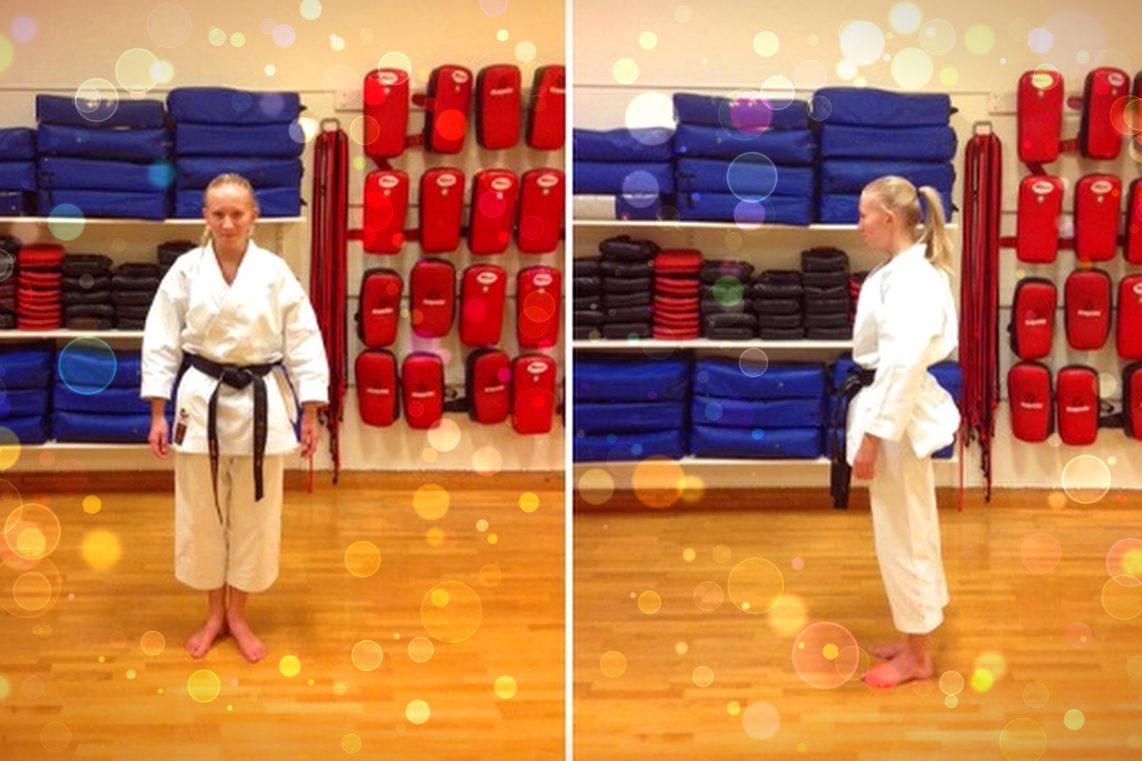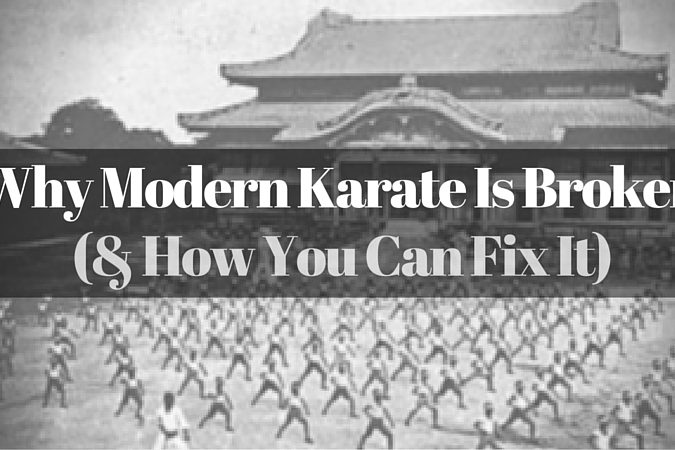I love paradoxes.
Specifically the philosophical ones.
It’s really fascinating how a statement (sometimes act or story) can twist, twirl and contradict itself, completely defying intuition.
Here’s a simple one:
“The statement below is false.”
“The statement above is true.”
Sure, that might be a perfectly clear paradox, but it’s not really the kind I like. I like the ones that you easily can apply to other facets of life, outside linguistics.
Okay, let’s look at another one then:
A father and his son are driving down the road. The car collides with a tree and the father is killed. The boy is rushed to the nearest hospital where he is prepared for emergency surgery. On entering the surgery suite, the surgeon says, “I can’t operate on this boy. He’s my son.”
To most people, that might be a paradox. But this apparent paradox is simply caused by hasty generalisations that we all do – the paradox is resolved if it is revealed that the surgeon is a woman (the boy’s mother).
We just assume that a surgeon has to be a man, thus making it a paradox. Now that we know that, it’s more like a riddle or something.
But that’s not what I’m out for.
I want to think a little deeper. I want a true paradox. Preferably one that can be applied to Karate or Kobudo (or just any martial art) in some way.
And I’ve found it, actually:
“Theseus’s paradox”.
Also known as the Ship of Theseus.
It’s a great one.
According to Greek legend, as reported by Plutarch (a Greek historian, biographer and essayist), it goes a little something like this:
The ship wherein Theseus and the youth of Athens returned had thirty oars, and was preserved by the Athenians down even to the time of Demetrius Phalereus, for they took away the old planks as they decayed, putting in new and stronger timber in their place, insomuch that this ship became a standing example among the philosophers, for the logical question of things that grow; one side holding that the ship remained the same, and the other contending that it was not the same.
—Plutarch, Theseus
Okay, that’s not the best explanation, so I’ll try to make it clearer. Plutarch simply questions whether a ship would remain the same if it, piece by piece, were to be entirely replaced?
Let’s imagine that you have an old Greek ship.
Suddenly, during a storm, one oar breaks. So you replace it.
It’s still the same ship, right?
But, what if there suddenly was a big hole in the side of your ship (termites!) and you would have to patch it up with some old wood that you found in your backyard? Would it still be the same ship (remember: it has had an oar replaced, and some wood on the side)?
Most people would say yes.
But then, suddenly, your sail is ripped to pieces by a bunch of crazy birds. So you have to replace the whole sail!
And what if we, piece by piece, should slowly replace the whole ship?!
Is it still the same ship?
And what would happen if the original planks, the sail, the oars etc. were gathered up after they were replaced, and used to build a second ship?
Which ship (if either) is the “original” ship?!
That is Theseus’s paradox.
Mind-blowing. Actually, there are some other versions of this paradox too.
For example, Locke’s Socks, where John Locke (the 17th-century English philosopher) proposed a scenario regarding a favorite sock that develops a hole. He pondered whether the sock would still be the same after a patch was applied to the hole. If yes, then, would it still be the same sock after a second patch was applied?
Indeed, would it still be the same sock many years later, even after all of the material of the original sock has been replaced with patches?
It’s the same idea, but it’s an English sock instead of a Greek ship.
Then, of course, we have the French equivalent, which is the story of Jeannot’s Knife, where a knife has had its blade changed fifteen times and its handle fifteen times, but is still the same knife.
Or… is it?
Of course, one can think of many other examples of objects which might fall prey to Theseus’s paradox. Cars for example. They can undergo sometimes complete replacement (after a crash for example) while still maintaining their “identity”. Right?
And businesses often change address and residences, thus completely “replacing” their old material structure for a new one, yet keeping the same purpose (and often the same staff).
Similarly, the human body constantly creates new cells as old cells die. But we are still the same person. I’m still Jesse, über-god of Karate blogging, right?
Right?!
Or, consider this: Your dojo constantly changes members, yes? Old quit, new join… the purpose and function of the dojo is constant, but the members continually change, so that at any given time the group of people comprising the dojo is different than at previous times.
But it’s not a new dojo, all of a sudden, is it?
And since we’re slowly approaching the subject of Karate, let’s ask ourselves this: Do we have something special in Karate which we can try Theseus’s Paradox on? Something which has been “inherited” from long ago, which slowly during the years has been changed… and deformed?
Of course, we have.
I’m talking about kata.
Karate’s very own Ship of Theseus.
Once formed during the old Ryukyu Kingdom, far away from our modern Karate business today, but still remaining the same…? Right. Should we change the names of kata? Should we call them something else? Because, clearly they have changed. Just look at all the variations that exist. Some don’t even look the same at all!
So what should we do?
I think we need to confront a real philosopher for this one.
Are there actually any solutions to Theseus Paradox?
Well, maybe.
According to the philosophical system of Aristotle and his followers, there are four causes, or reasons, that describe a thing. These causes can be analyzed to get to a “solution” to the paradox at hand.
The “Formal Cause” is the design of a thing, while the “Material Cause” is the matter that the thing is made of.
The “what-it-is” of a thing, according to Aristotle, is its formal cause; so the Ship of Theseus is the same ship, because the formal cause, or design, does not change, even though the matter (Material Cause) used to construct it may vary with time.
Then we have the “Final cause”, another of Aristotle’s causes. It concerns the intended purpose of a thing. The Ship of Theseus would have the same end, that is, transporting Theseus, even though its “Material Cause” would change with time. Lastly, we have the “Efficient Cause”. How, and by whom, a thing is made. In the case of the Ship of Theseus, the workers who built the ship in the first place could have used the same tools and techniques to replace the planks in the ship.
So let’s apply these to kata:
- The “Formal Cause” HAS changed (design).
Modern kata looks different from more traditional kata. The design has clearly changed. Just look at some of the numerous videos I have uploaded. Even a child sees the difference.
- The “Material Cause” has NOT changed.
Is still the human body. The material of the kata is our anatomy. It is basically the same (perhaps we are a little fatter today). Evolution is slow.
- The “Final Cause” HAS changed.
In the beginning, it was self-defense. Kata was a memory aid, a mnenemonic device, for practising highly effective two-person self-defense drills. For “culminating the lessons already learnt”, as McCarthy would have put it.
Today we use kata for sports, for fitness, for killing time, for gradings, for weight-loss, for demonstrations… very few people use kata to practise the self-defense (bunkai), as thery were meant. Clearly, some change has taken place.
- The “Efficient Cause” HAS changed.
“How and by whom a thing is made”. Well, kata was made by people living in a different culture, in a different part of the world even, living a very different life compared to us. Therefore, “by whom” has definitely changed.
“How” was kata made then? My guess is that the creator of the kata had done some “empirical research” and after that eventually formulated the kata, using the moves and techniques he found effective, thereby teaching them to the next generation, and so on. Today people create kata based on many things, but rarely raw, self-tested self-defense.
Dang.
Can we even call our kata ‘Karate’ anymore?
Out of Aristotle’s four points, only one (Material Cause) hasn’t changed. We have 3/4 (75%) changed! So, for now, we are safe.
But when we hit 100%…
The day you for example put a weapon in your hand, then Material Cause HAS changed. Or, in a distant future, if our anatomy changes, then this too will make a difference. Or if you happen to be in a wheelchair or on crutches… In fact wheelchair Karate is nothing new.
Then… it is not the same anymore.
I guess the only thing that remains constant is change…
Anyhow, original or not, kata is the very reason Karate as an art has been preserved and passed down to this day. That’s not a paradox.
Changed or not.
And that shouldn’t be forgotten.



2 Comments